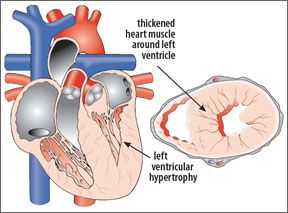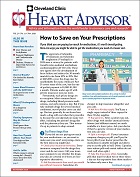The top, or systolic, number of your blood pressure reading-which measures the force exerted on the walls of blood vessels when your heart contracts-is the one to track when trying to lower your blood pressure, according to a panel of experts at the 2008 International Society of Hypertension meeting. The findings were published in the June 17 online issue of The Lancet. Adults over 50 should try to lower their systolic pressure to below 140 mmHg or below 130 mmHg if they are diabetic. The theory is that hypertensive people will find it easier to focus on one number instead of also worrying about diastolic pressure-the exertion on blood vessel walls when the heart is at rest. "In aging adults theres an increase in stiffness in the major blood vessels, particularly the aorta," says Cleveland Clinic cardiologist and hypertension expert Donald Vidt, MD. "Its that stiffness, that hardening of the arteries, that contributes to increases in systolic and pulse pressure. An elevated systolic pressure tends to increase the workload on the heart."
To continue reading this article or issue you must be a paid subscriber.
Sign in






